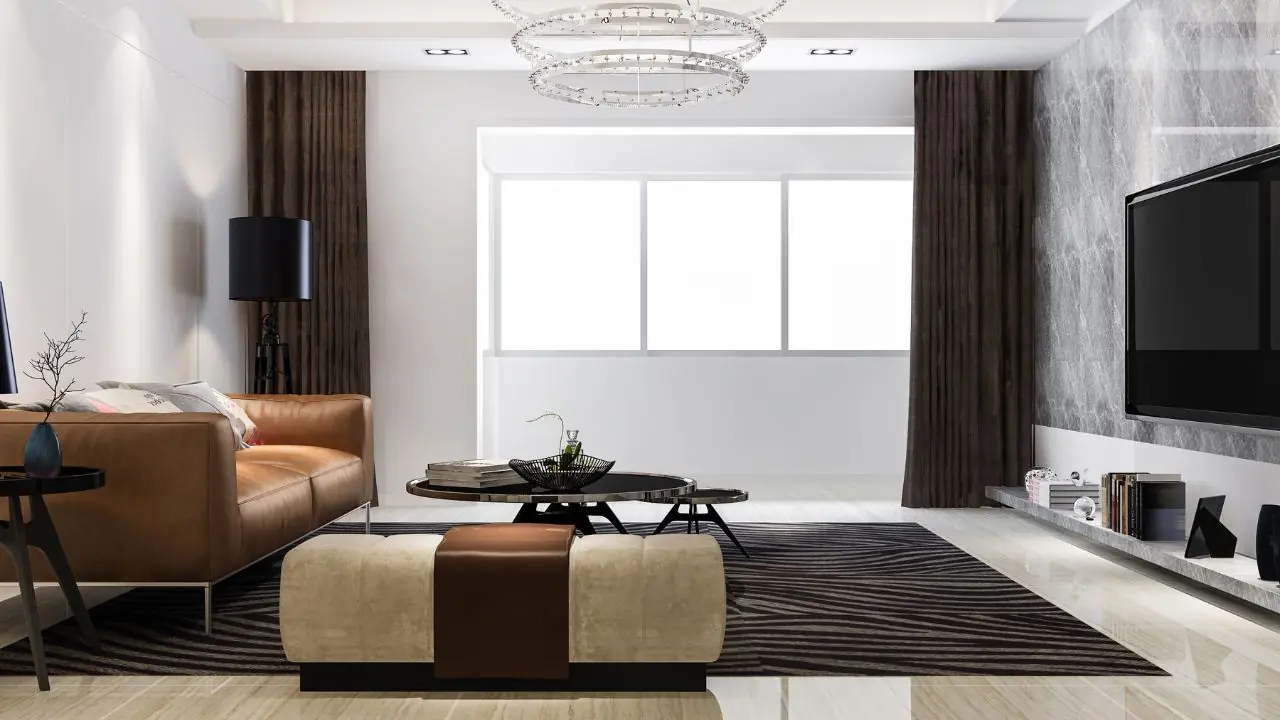Architects say balconies, once considered a luxury, are making a comeback; customized spaces and neutral off-white tones are expected to dominate 2025
Modern luxury living is being redefined by designers, who are emphasizing large, well-lit, and extremely functional spaces over expansive, small layouts. The ability to customize one's home is now a defining characteristic of luxury, and as such, it is a crucial feature for discriminating purchasers. For instance, smaller, more functional wardrobe spaces are now a common feature of many upscale apartments. Balconies, which were once thought of as a luxury, are becoming very popular again in Indian cities because they provide residents with a private outdoor haven.
When it comes to interior aesthetics, off-white and other neutral tones are leading the way, offering a fresh and refined look. Meanwhile, sustainability has become an increasingly important factor in real estate, with experts underscoring its importance in today’s designs. No longer a luxury, sustainable living is now seen as a necessity. The combination of personal luxury and sustainability is influencing how homes are designed across India. This topic was a major point of discussion at India Design ID 2025, which took place in Delhi from February 20 to 23, providing a platform for architects and designers to explore new ideas in urban planning and architecture.
Table of Contents
Check out these top luxury trends that will be ruling in 2025
1. Height, light and space
"The current trend in luxury living favors well-lit, well-serviced spaces over short and wide layouts," said architect Akshat Bhatt, founder of Architecture Discipline, a multidisciplinary architecture practice based in New Delhi. "Today's homeowners favor spaces that are specifically designated for services and users. This indicates that they wish to keep their private areas apart from functional spaces like staff quarters and electro-mechanical services (like air conditioners), he said.
2. Smart home technology
Architects say modern luxury homes incorporate artificial intelligence (AI)-powered security, climate control, smart lighting, and IoT integration for seamless automation.
Imagine entering a house that recognizes you and changes the lighting, the temperature, and even your favorite music before you even speak. According to Ninad Pardeshi, Chief Thinker at ELM Designs, a luxury architectural and interior design firm based in Mumbai, "AI-driven smart living will make every moment effortless, with holographic assistants and robotic furniture adapting to your needs."
3. Return of the balconies
The ability to select particular features for one's home is predicted by architects to be the ultimate luxury statement in 2025. In cities like Mumbai, balconies are becoming more and more popular as a luxury feature. Nonetheless, adding a balcony has historically been more of a logistical planning decision. Akshat Bhatt, an architect, said, "Homeowners today appreciate being able to go outside and have their personal space outside the concrete walls of their home."
According to experts, a lot of buyers are now prepared to shell out more money for apartments with balconies.
Balconies have emerged as popular places for socializing in urban areas like Mumbai, particularly among young people, as per Pardeshi.
"Vertical gardens, climbers, and potted plants make the space lush and refreshing, creating a natural retreat. This setting gives the perfect vibe of nature and urban living. Additionally, it offers a good space to escape within the home for relaxation.
4. White, off-white, and neutral colors
According to designers, neutral and off-white hues convey a feeling of crisp sophistication and are in high demand in luxury real estate. "To fit individual tastes, these shades can be simply layered with canvases or rugs. For luxury real estate, bold, contrasting colors have never been the go-to option, according to architect Akshat Bhatt.
5. Customisation
According to architects, one of the most desired aspects of modern luxury is the ability to personalize one's home. Bhatt stated, "For example, a lot of luxury apartments now have smaller wardrobe spaces."
6. Sustainable design
Experts add that since urban landscapes are changing quickly across cities, incorporating sustainability principles into real estate development is now crucial rather than optional.
According to Bhatt, design can be simplified and made more reasonably priced. Fostering a sense of well-being, establishing deep connections, and designing environments that promote both physical and mental health are the core duties of design. "We are working to find the right solutions for the next 50 years, and we are already seeing a democratization of space structuring and programming," he said.

